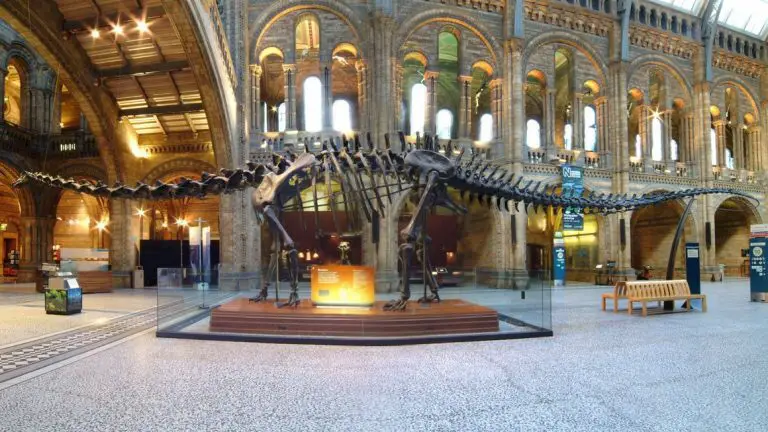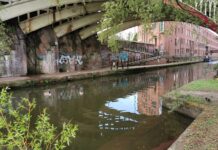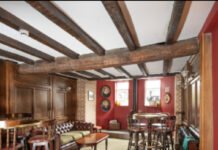Riverside One has been chosen as one of eight venues across the Natural History Museum’s iconic dinosaur will visit across the UK over three years
Dinosaurs are set to roam through Rochdale as the Town’s Riverside One venue has been chosen to host London’s Natural History Museum’s most famous resident Dippy the Dinosaur.
The 21-metre-long, 4.25-metre-high skeleton had stood in the central hall of the museum since 1979 and will be on show starting in the Dorset County Museum on the Jurassic Coast, and taking in the Ulster Museum in Belfast, Birmingham Museum, the Kelvingrove Art Gallery and Museum in Glasgow, the Great North Museum in Newcastle, the National Assembly of Wales, Number One Riverside Rochdale, and ending up in Norwich Cathedral.
The skeleton cast was presented to the Museum by industrialist Andrew Carnegie in May 1905.
Diplodocus was first described as a new type of dinosaur in 1878 by Professor Othniel C Marsh at Yale University. The species lived sometime between 156 and 145 million years ago and belongs to a group called sauropods, meaning ‘lizard feet’.
When railroad workers unearthed the fossilised bones of a Diplodocus in Wyoming, USA in 1898, newspapers billed the discovery as the ‘most colossal animal ever on Earth’.
Scottish-born millionaire businessman Andrew Carnegie heard the reports and set out to acquire the bones as a centrepiece for his new museum in Pittsburg.
During the reconstruction of the skeleton at the Carnegie Museum, experts discovered subtle differences from the two other Diplodocus species known at the time, Diplodocus longus and Diplodocus lacustris.
The new species was named Diplodocus carnegii in honour of its owner.
King Edward VII saw a sketch of the Diplodocus while visiting Carnegie at his Scottish castle and remarked how much he’d like a similar specimen for the animal galleries of the Natural History Museum. Carnegie obliged by commissioning a replica cast of his dinosaur.
The 292-bone skeleton arrived in London in 36 packing cases and was unveiled to the public four months later in a lavish ceremony for 300 people, on Friday 12 May 1905 and was originally housed in the Reptile Gallery , because it was too big for the Fossil Reptile Gallery.
During World War II the skeleton was disassembled and relocated to the basement to protect it from bomb damage.
And in 1979, the Diplodocus made the move to Hintze Hall, where it will remain until 2017.
“We wanted Dippy to visit unusual locations so he can draw in people who may not traditionally visit a museum. Making iconic items accessible to as many people as possible is at the heart of what museums give to the nation,” said Sir Michael Dixon, director of the Natural History Museum.







